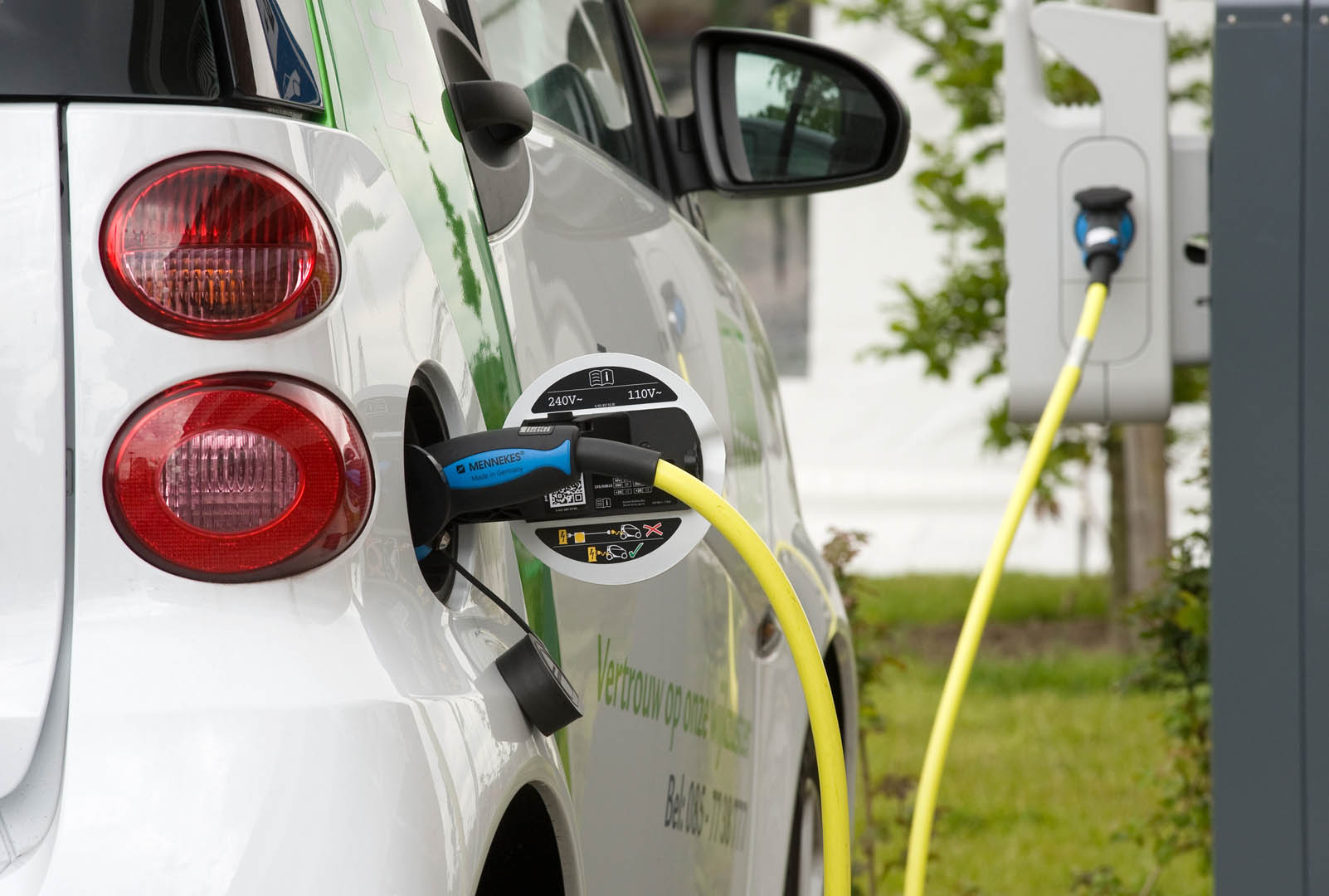Scope1: What You Burn
Scope 1 in GHG emissions
GHG emissions from combustion arise when fuels like coal, oil, natural gas, or biomass are burned, releasing carbon dioxide (CO2), methane (CH4), and nitrous oxide (N2O) into the atmosphere. These emissions contribute directly to climate change by trapping heat, making it essential to transition to cleaner energy sources and improve combustion efficiency.
Organisations should transition to cleaner energy sources and improve energy efficiency by upgrading equipment and optimising processes. Regular maintenance and inspections help detect and fix leaks, reducing emissions from equipment and refrigeration systems.
Energy Transition Solutions
Shifting from high-carbon, fossil fuel-based energy sources to cleaner, low-carbon alternatives to reduce direct emissions from owned or controlled sources. This can be achieved by switching to renewable energy sources, such as solar or wind, for onsite energy production, or adopting biofuels and hydrogen for industrial processes and transportation. Electrifying vehicle fleets and machinery is another key strategy, particularly when powered by renewable electricity. Carbon capture and storage (CCS) technology can also play a role in mitigating emissions during the transition, ensuring a gradual but effective reduction in carbon footprint.

Waste Heat Extractor System
A heat pump transfers heat from one location to another rather than generating it. In heating mode, it extracts heat from the outside air, ground, or water and transfers it indoors. In cooling mode, the process is reversed, removing heat from inside and releasing it outdoors.
Energy Efficiency
Shifting from high-carbon, fossil fuel-based energy sources to cleaner, low-carbon alternatives to reduce direct emissions from owned or controlled sources. This can be achieved by switching to renewable energy sources, such as solar or wind, for onsite energy production, or adopting biofuels and hydrogen for industrial processes and transportation. Electrifying vehicle fleets and machinery is another key strategy, particularly when powered by renewable electricity. Carbon capture and storage (CCS) technology can also play a role in mitigating emissions during the transition, ensuring a gradual but effective reduction in carbon footprint.
Heat Recovery
Heat is generated as a byproduct in many industrial and commercial processes, often because of inefficiencies in energy use. Heat recovery is a process of capturing heat that would otherwise be wasted in various processes, then reusing it for other purposes, improving energy efficiency of systems and operational cost.
